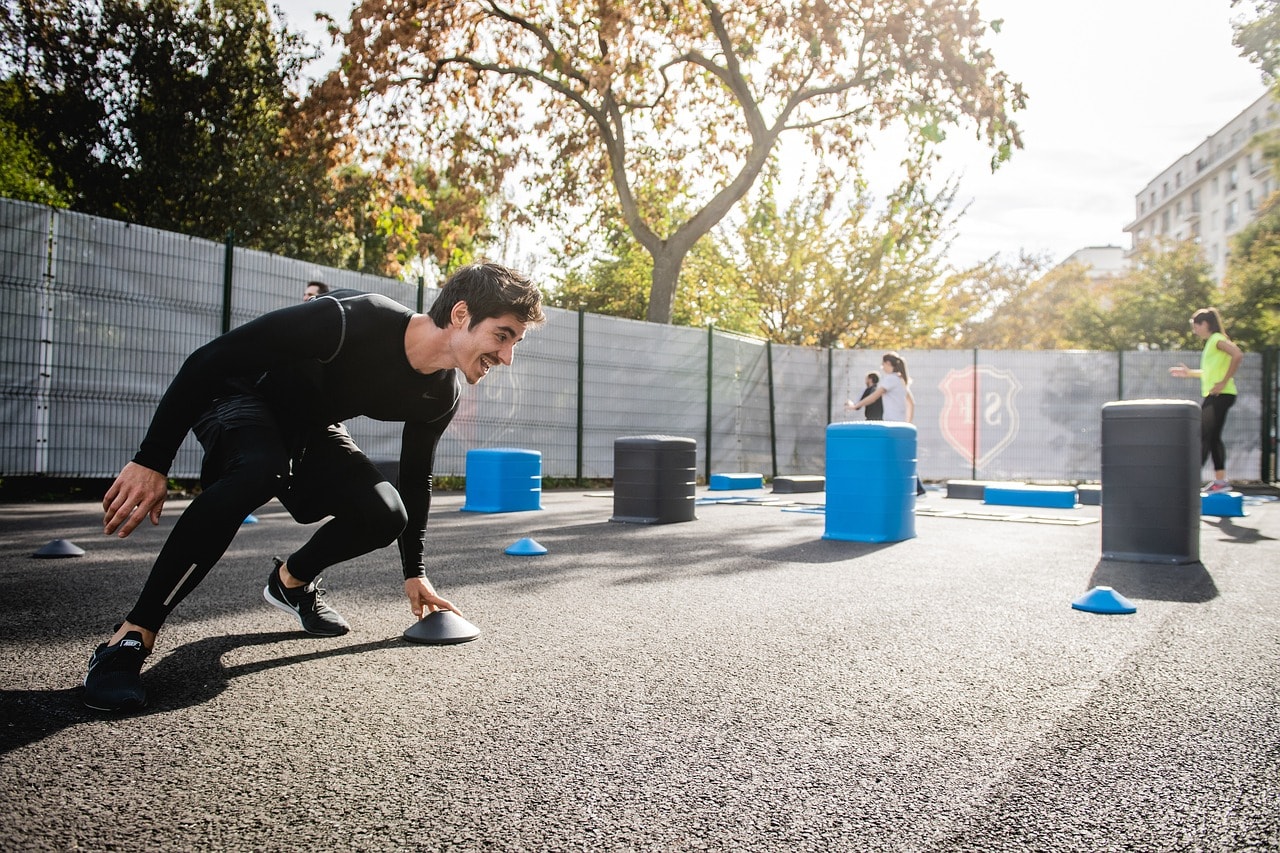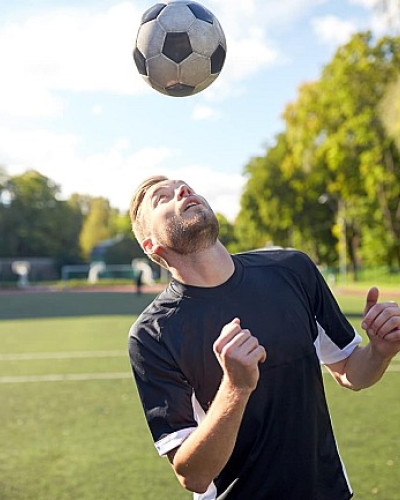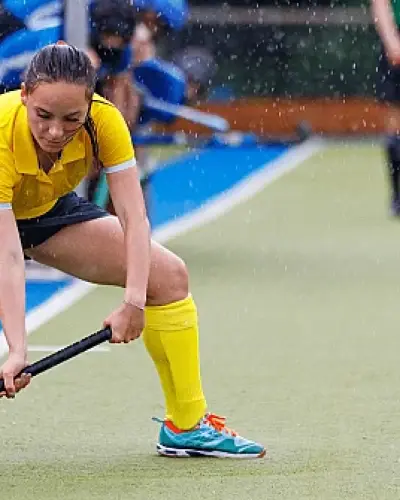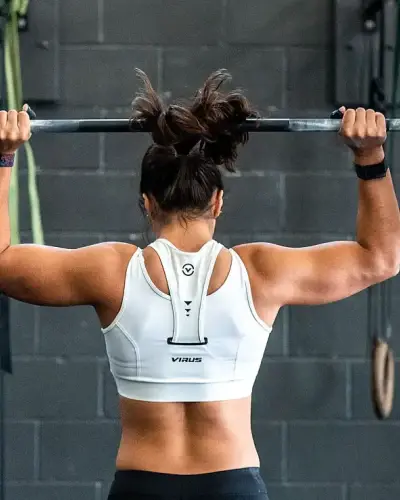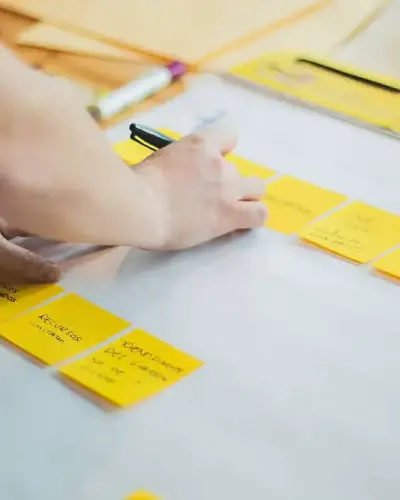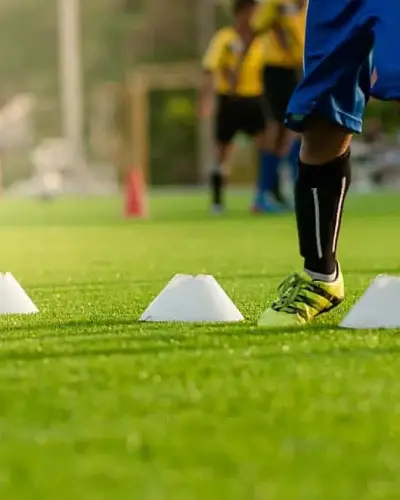🏋️♂️ Stabilization Training – Reduce Your Team’s Injury Risk 🏆
For every coach, injuries are a nightmare. Your team is highly motivated, well-prepared, and pushing hard in training. Everything seems set for success. But then, key players start getting injured, and suddenly, your entire game plan is in shambles. You must adjust tactics, compensate for missing players, and find new solutions.
Unfortunately, injuries happen – whether through contact or not. Sometimes, all it takes is a slightly awkward movement to cause a serious issue.
As a coach, your job is not just to train players technically and tactically but also to keep them fit and ready to perform. The best way to do this? Stabilization training, also known as sensorimotor training. 🏃♂️💪
🤔 What Is Sensorimotor Training?
Sensorimotor training combines:
👀 Sensory perception – how the body senses balance and movement
🏃♂️ Motor response – how the body adjusts to maintain stability
It focuses on coordination and movement efficiency, reducing injury risk by strengthening muscles and joints while improving their interaction.
This type of training includes strength exercises, often performed on unstable surfaces like:
- ⚖️ Balance boards
- 🛏 Foam pads
- 🏀 Exercise balls
- 🪢 Ropes & suspension systems
The constant loss of balance forces the body to react, improving:
✅ Joint stability
✅ Muscle control
✅ Reflexes
This is crucial for fast-paced sports like ⚽ soccer, 🏀 basketball, or 🤾♂️ handball, where players must execute rapid direction and speed changes.
🔥 Key Benefits of Stabilization Training
✔️ Stronger muscles & joints – reducing sprains and strains
✔️ Improved coordination – smoother, more efficient movements
✔️ Faster reactions – better ability to handle unexpected situations
✔️ Enhanced core strength – creating a more resilient athlete
✔️ Lower injury risk – keeping players healthy & available
📌 Tips for Effective Sensorimotor Training
⚡ Frequency Over Volume
It’s better to train stabilization frequently (e.g., 10 minutes per session in every training) rather than dedicating a full hour every six sessions. This allows neural adaptations to take place more effectively.
🏋️♂️ Keep Intensity Low to Moderate
This training is more about coordination than pure strength. Focus on precision rather than lifting heavy weights.
🔄 Use Variety & Progression
Athletes should train multiple movement patterns to ensure their nervous system adapts to a wide range of scenarios.
🏆 Essential Stabilization Exercises
🦵 Single-Leg Exercises
✅ One-leg stand
✅ Balance on a beam or imaginary line
✅ Slow backward walking
🏃♂️ Core Stability Drills
✅ Static squat hold
✅ Lunges with a pause at the bottom
✅ Slow, controlled balancing movements
⚖️ Advanced Variations
🎭 Close your eyes to remove visual input, increasing reliance on other senses
🛠 Use unstable surfaces like balance pads, foam cushions, or Bosu balls
🚀 How to Implement It in Training?
🔹 Start simple – no equipment at first
🔹 Gradually introduce difficulty – unstable surfaces, different foot positions
🔹 Monitor progress – adjust based on player feedback & performance
🔹 Ensure safety – the priority is preventing injuries, not causing them
💡 Final Thoughts
By consistently incorporating stabilization training, your players will develop better balance, coordination, and injury resistance. This leads to better performance and ensures that key players stay fit throughout the season.
🛡 "The best ability is availability!" Keep your players healthy, stable, and ready to win! 🏆💪
